CRE’s New Safety Strategies: Drones, Robots and Apps
High-tech options for protecting people who work in commercial buildings are multiplying. Robots, drone detectors, heat-sensing cameras, automated check-in kiosks and crowdsourcing apps that rely on occupants’ reporting skills are already part of the new generation of security systems in office and retail buildings.
By Nancy Crotti
Robots and drones are the most popular trends in commercial property security, if the International Security Conference’s annual show in Las Vegas is any indication. Last year, most ISC West visitors were asking about buying drones. This year, more exhibitors were selling drone detection systems that can alert property security personnel to aerial intruders, according to Sherida Sessa, vice president of ISC security events.
Drones can identify a threat before it gets too close and discern how it might affect the building and grounds, but they can also cause havoc. Devices careening out of control or fllying too close to the ground have injured people during outdoor events at open-air retail centers, noted Robi Sen, founder & chief technology officer of Department 13, which specializes in drone detection and control systems.
“The drone problem will be somewhat similar to our active mass shooter situation,” Sen said. “They’ll be rather rare, but because of the potential for harm, I suspect this will be getting a lot more attention in the next couple of years.”
Robots have been gaining ground in parking lots and garages, where they can read license plates, transmit video and even speak to people engaging in suspicious activity. The latter can be a deterrent, since the person committing a possible offense does not know the robot’s capabilities. “It startles most folks,” said Cornell Beans, Allied Universal’s regional vice president of business development.
Retail’s Balancing Act
Retail centers must strike a balance, conveying a sense of security while being unobtrusive about it, according to Sean Ahrens, a security market group leader for Affiliated Engineers. New properties can incorporate security strategies in their design, and existing ones can make modest alterations to boost sight lines and encourage more foot traffic in quieter areas.
Camera technology has also accelerated, with high-resolution, zooming and panning capabilities. “I don’t know an enclosed center that doesn’t use it in some form,” said Malachy Kavanagh, senior vice president of programs and services for the International Council of Shopping Centers. “Where they can deploy cameras remotely as opposed to a year ago is just unbelievable. A good-size center has up to 100 cameras.”
Security staff can also monitor social media to determine whether someone is planning a disruption. Centers must also train staff constantly to handle serious incidents such as shootings or bombings, according to Kavanagh. “Security staff members learn something new from each incident, and that knowledge spreads across the industry,” he added.
Biometrics and apps at work
Controlling access to office buildings is much easier than it is for shopping centers, notes Barry Wood, director of retail operations for JLL. “The progress they have made with smart chip card readers for the elevator access and manning delivery areas has given many building owners and managers the ability to lock down access even to the levels, if needed,” he said. “For more secure facilities, biometrics and facial recognition are being combined with smart cards that have allowed building owners, managers and tenants to make access control much less vulnerable than the earlier systems.”
High-rises taller than 60 floors tend to have the tightest security. Over the past year, building owners and managers have begun pushing crowdsourcing apps for tenants and staff to share information about emergency and safety situations, reported Carlos Villareal, senior vice president of commercial real estate operations at SecurAmerica LLC’s Chicago branch. For example, mobile apps can prompt staff to text a code to security, indicating whether they are safe.
The human factor
“Many office buildings have installed kiosks where visitors stop to notify hosts of their arrival. Hosts must escort their visitors inside, adding a layer of security,” said Ron Tryon, asset protection manager at 1000 Main, a Houston high-rise managed by Transwestern.
In such cases, the security officer or concierge is witnessing the entire process without any physical interaction, which eliminates unnecessary traffic throughout all tenant spaces. Office buildings have also benefited from high-definition cameras with digital analytic platforms that can notify security personnel of human intruders, distinguishing them from movements by birds and other animals. Some also offer high-contrast thermal monitoring technology.
This technology can reduce the number of officers needed, but it shouldn’t replace on-site security staff entirely, according to Tryon. “Pound for pound, you’re always going to have a security officer in the building. You can never get away from the human touch or the human interaction,” he added.
Images courtesy of ISC, Allied Universal, Sean Ahrens, Affiliated Engineers, International Council of Shopping Centers and Transwestern.
You’ll find more on this topic in the May 2018 issue of CPE.

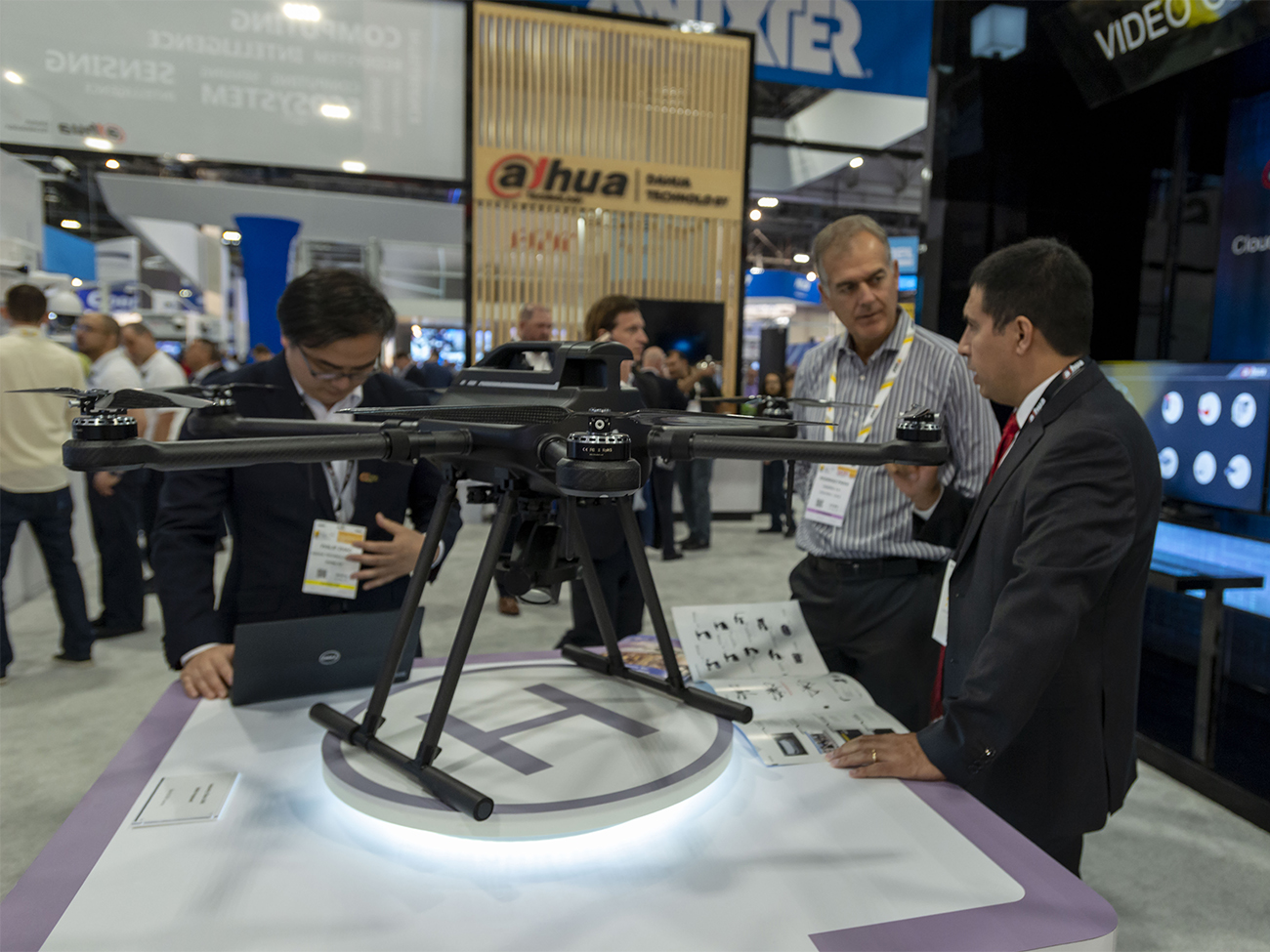
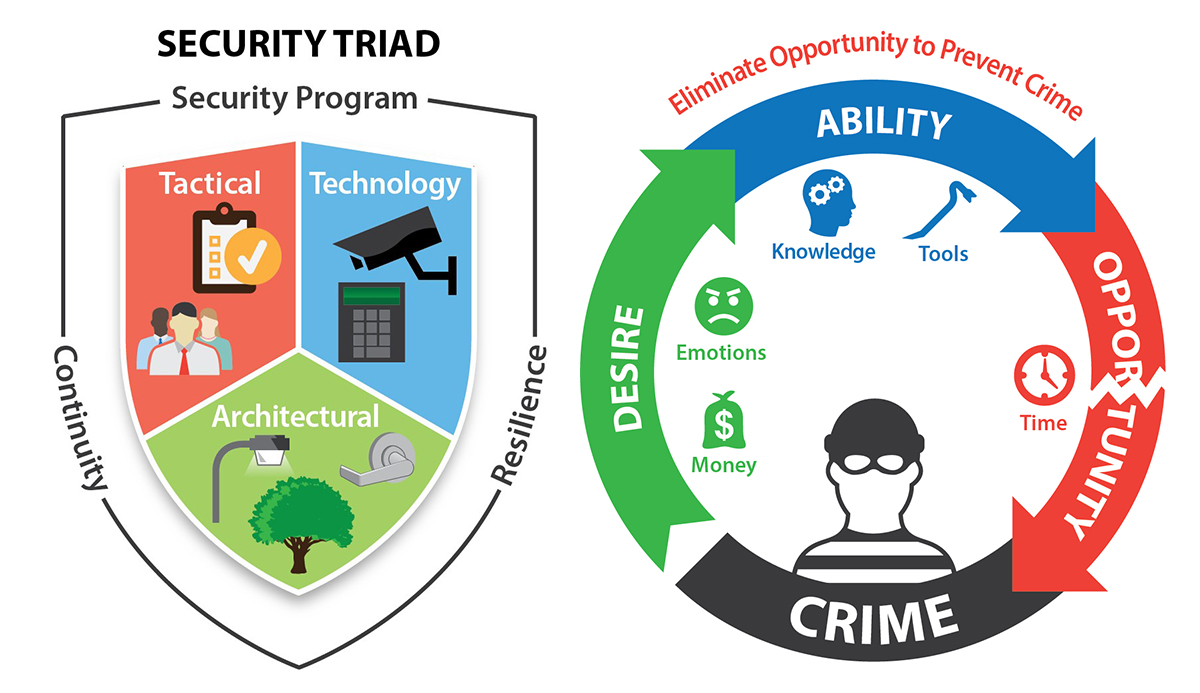

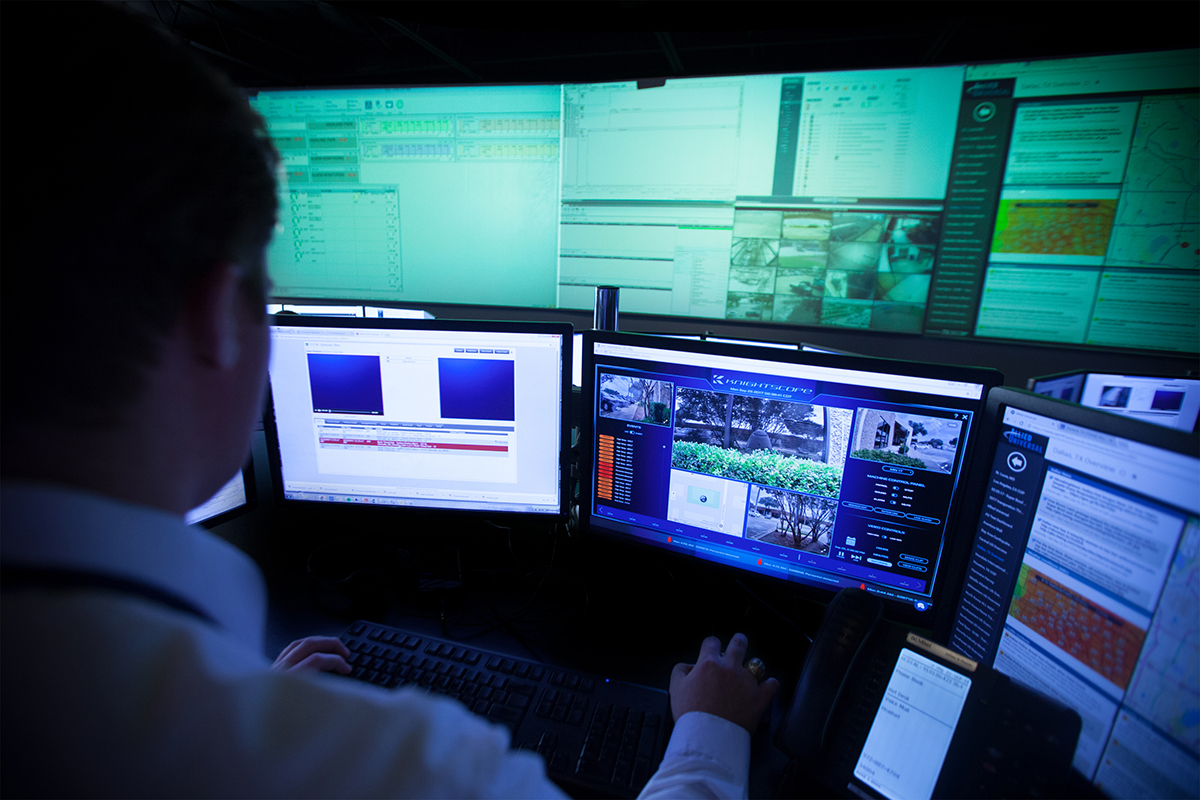



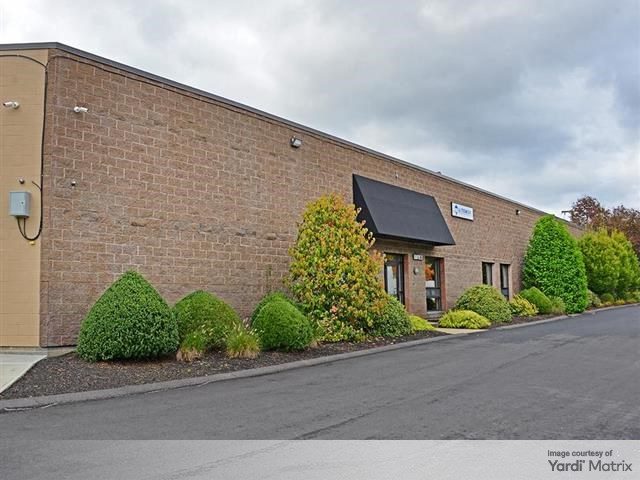
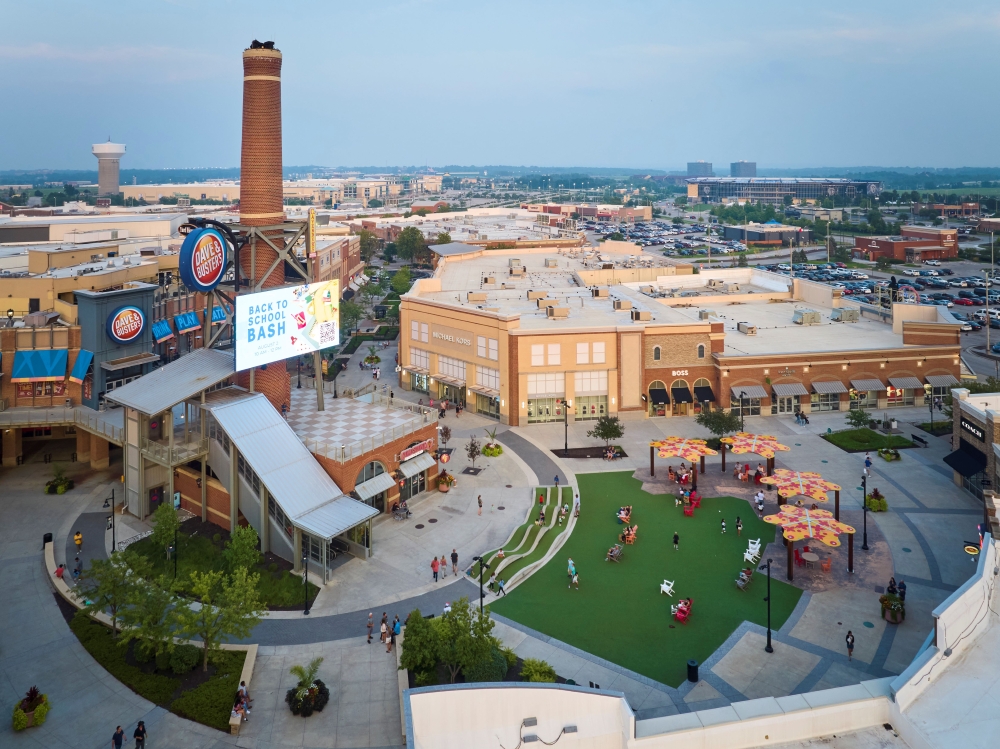
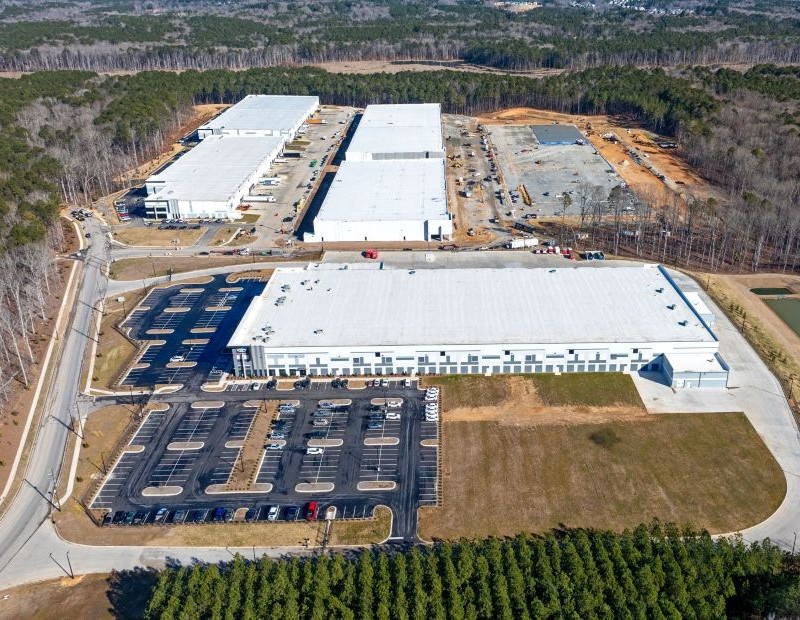
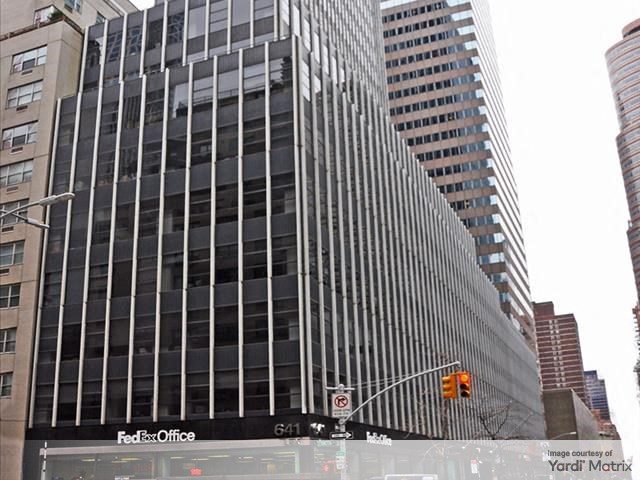

You must be logged in to post a comment.